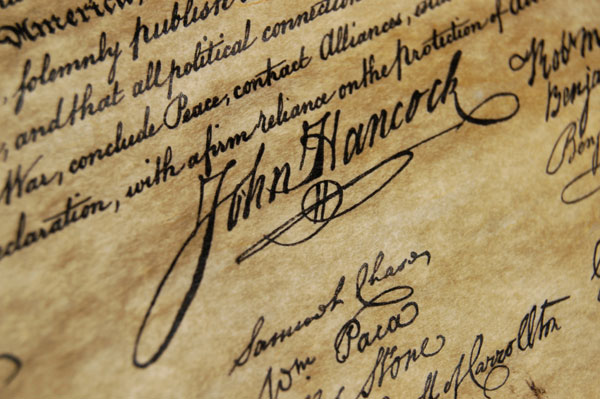Why did a shipment of Madeira wine make history today?
 June 10, 1768 — British customs officials seized John Hancock’s ship, The Liberty, alleging that Bostonians, seeking to evade the Townshend Acts, locked a customs official in the Liberty’s cabin while the cargo of Madeira winewas unloaded.
June 10, 1768 — British customs officials seized John Hancock’s ship, The Liberty, alleging that Bostonians, seeking to evade the Townshend Acts, locked a customs official in the Liberty’s cabin while the cargo of Madeira winewas unloaded.
The Sons of Liberty protested. Although it began peacefully, the patriots quickly became violent as customs impounded and burned Hancock’s vessel. Duty Collectors were unharmed, but the occurrence motivated the people to boycott British goods. Hancock was fined for smuggling, but the case was dropped due to a lack of evidence.
In retaliation, the British government confiscated the Liberty, and it was towed away by HMS Halifax. Charges against Hancock were eventually dropped, but the Liberty remained confiscated. The ship was refitted in Rhode Island to serve as a Royal Navy ship named HMS Liberty, then used to patrol off Rhode Island for customs violations.
On 19 July 1769, the crew of the Liberty under Captain William Reid, accosted Joseph Packwood, a New London captain, and seized and towed two Connecticut ships into Newport. In retribution, Packwood and a mob of Rhode Islanders confronted Reid, then boarded, scuttled and later burned the ship on the north end of Goat Island in Newport harbor as one of the first overt American acts of defiance against the British government.
Sources
Words of Wisdom
There, I guess King George will be able to read that without his spectacles!





